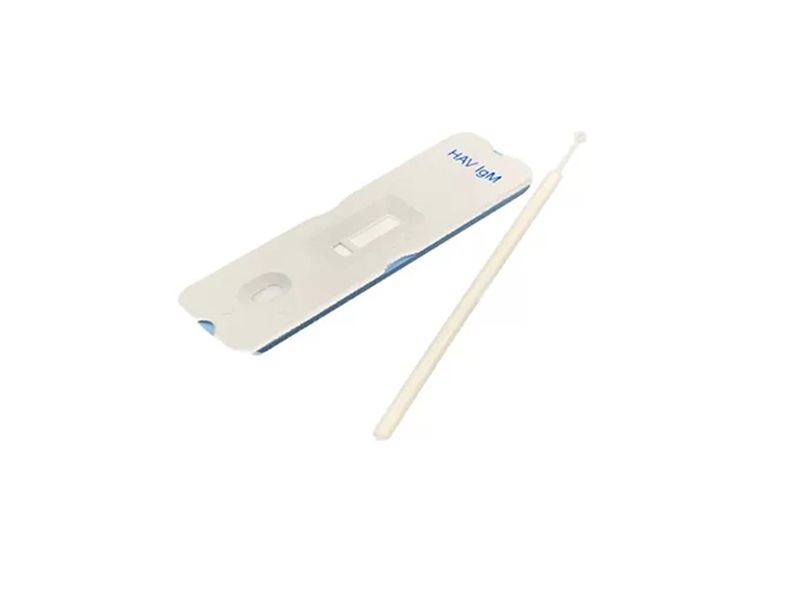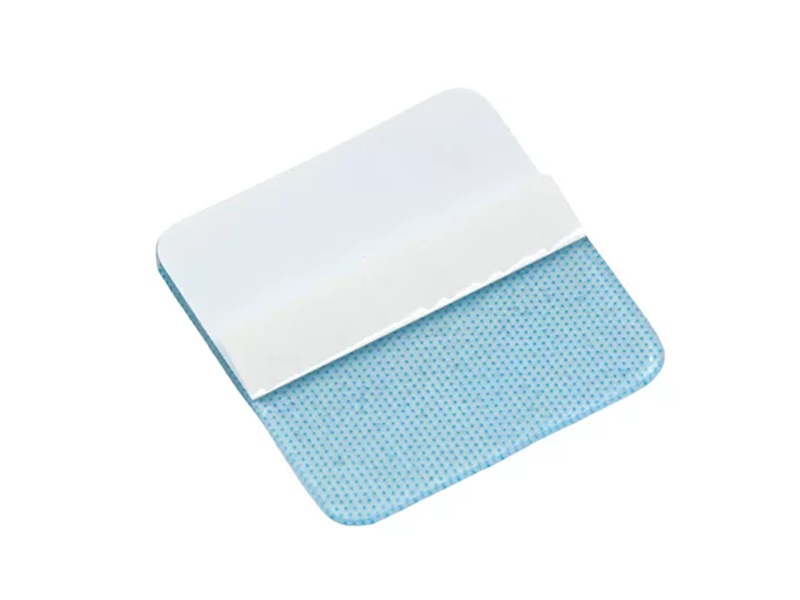First of all, the scale and service objects of the animal clinic or farm should be considered. If it is a small pet clinic, a portable B-ultrasound machine and basic diagnostic equipment may be enough; while a large comprehensive animal hospital needs more professional and more comprehensive instruments, such as high-end X-ray machines, color Doppler ultrasound diagnostic instruments, etc. It is also necessary to choose according to the common diseases and inspection needs in daily diagnosis and treatment. For example, if you often see infectious patients, you need to be equipped with corresponding inspection and testing instruments.
Products
- Medical Dressings and Bandaging Products
- Medical Waste Disposal Products
- In Vitro Diagnostic Reagents
- Respiratory Products
- Urology Products
- Infusion Products
- Operating Room Infection Control Products
- Commercial Medical Consumables
- Anesthesia Products
- First Aid Products
- Personal Care Products
- Rehabilitation Products
- Home Medical Equipment
- Animal Test Kits
- Animal Infusion Products
- Animal Diagnostic Equipment
- Animal Medical Consumables
What are you looking for?


















